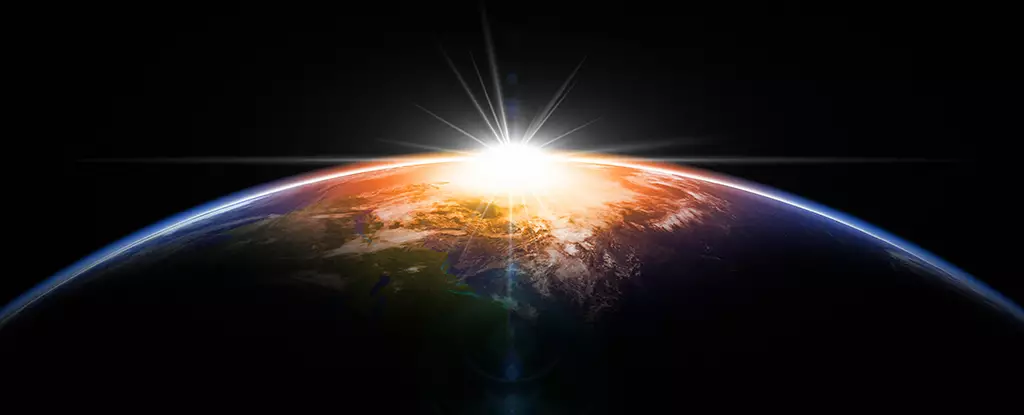The recent study revealed that the melting of the polar ice caps is influencing Earth’s rotation, resulting in longer days at an “unprecedented” rate. This change in Earth’s rotation can be compared to a figure skater extending her arms during a pirouette, causing a decrease in speed due to the movement of masses away from the axis of rotation. This slowdown in rotation is due to increased physical inertia caused by the melting ice caps.
While Earth is commonly viewed as a sphere, it is more accurately described as an “oblate spheroid” with a slight bulge around the equator. The shape of Earth is constantly evolving, influenced by factors such as daily tides affecting the oceans and crusts, drift of tectonic plates, and sudden shifts caused by earthquakes and volcanoes. These factors contribute to the changing nature of Earth’s orientation and length of day.
The study utilized observational techniques like Very Long Baseline Interferometry and the Global Positioning System to measure Earth’s rotation and orientation accurately. By analyzing ancient eclipse records and radio signals from space, scientists were able to infer variations in the planet’s rotation and the length of a day. These precise measurements indicated that Earth’s rotation is slowing down, leading to longer days compared to the standard measure of 86,400 seconds.
The research suggests that if humans continue to emit greenhouse gases at high rates, the effects of a warming climate will outweigh the gravitational pull of the Moon on Earth’s rotation by the end of the 21st century. Climate change has already contributed to days becoming approximately 0.8 milliseconds longer since 1900. Under a worst-case scenario of high emissions, days could be 2.2 milliseconds longer by 2100. While this may seem insignificant to humans, it has implications for space and Earth navigation.
The precise knowledge of Earth’s orientation and rotation is crucial for communication with spacecraft, especially those traveling beyond our Solar System like the Voyager probes. Even a minor deviation in Earth’s position can result in significant discrepancies in navigation over long distances. Therefore, understanding the impact of melting ice caps on Earth’s rotation is essential for accurate space and Earth navigation in the future.
The melting of the polar ice caps is not only affecting global sea levels and climate patterns but also influencing Earth’s rotation and the length of days. This research highlights the interconnectedness of various environmental factors and emphasizes the need for sustainable practices to mitigate the impact of climate change on Earth’s rotational dynamics.


Leave a Reply